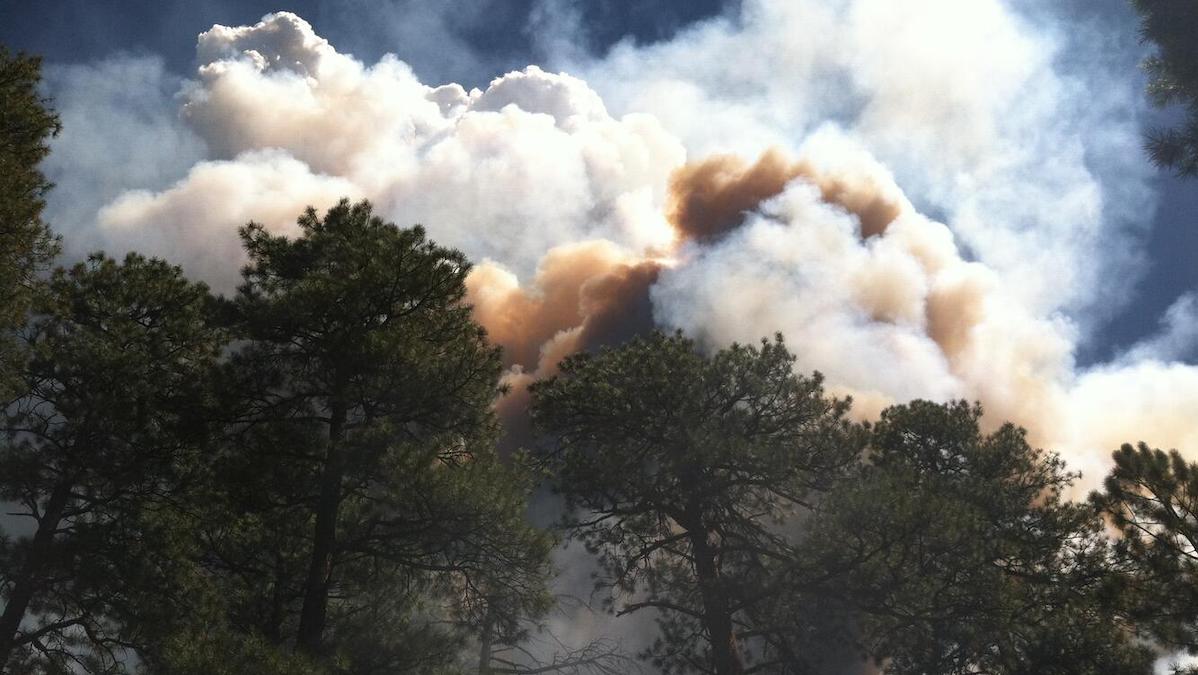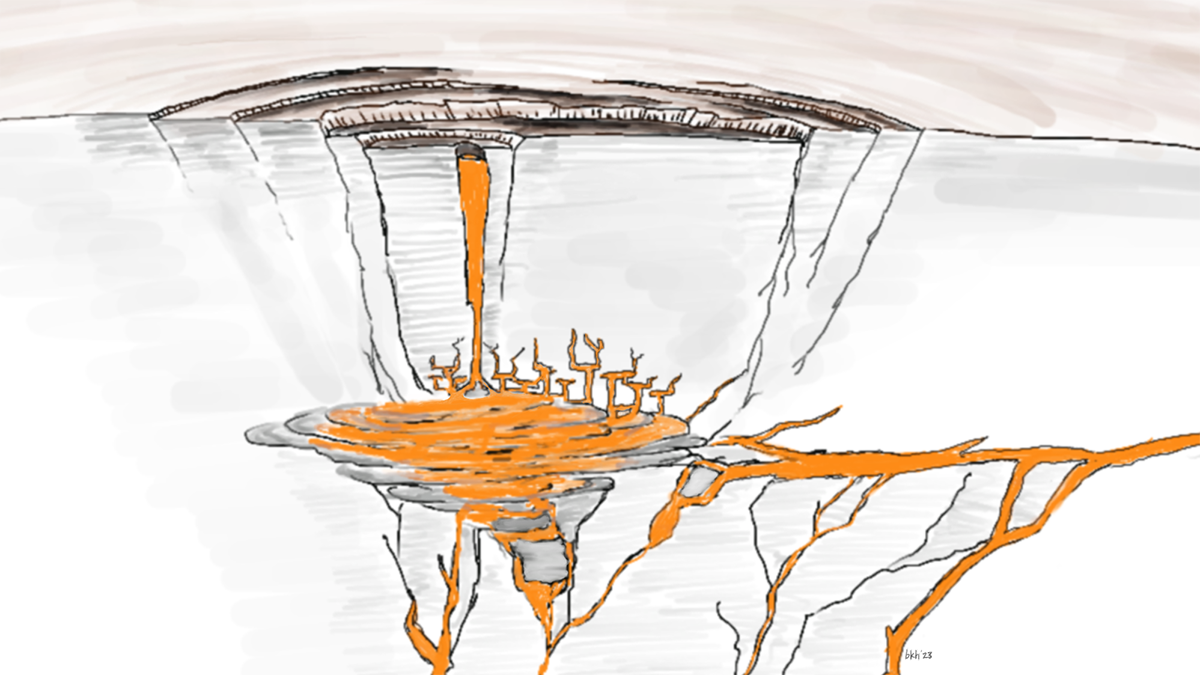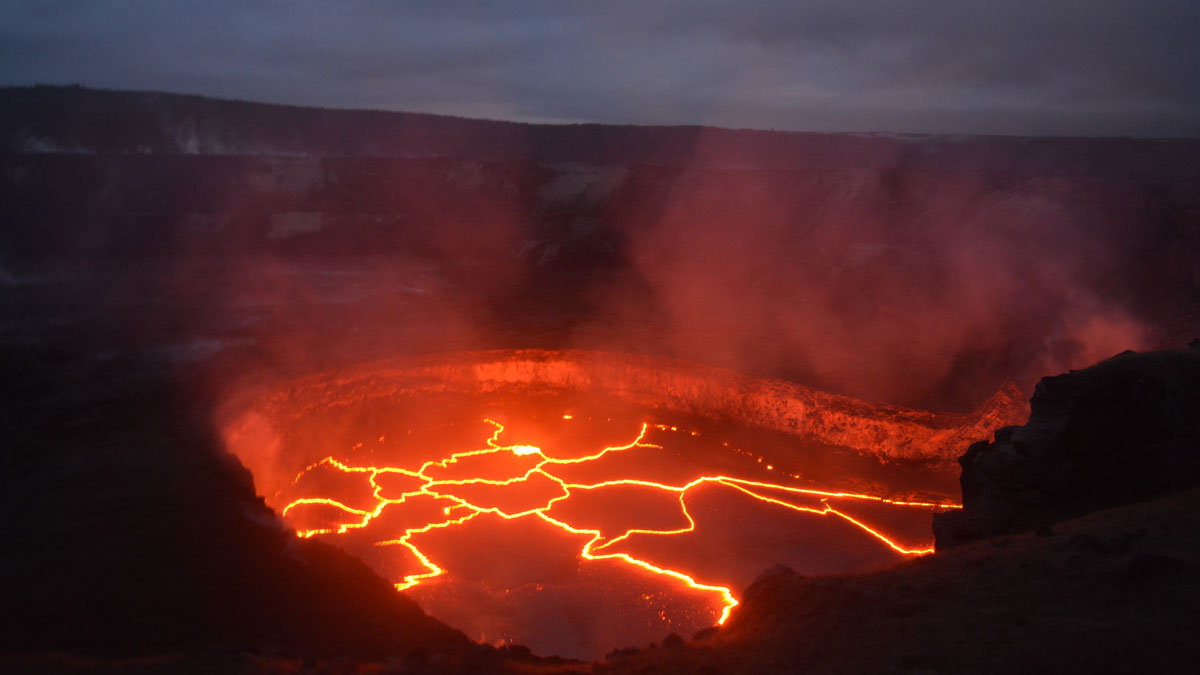Some reef fish get chattier when the Moon is out, while feisty snapping shrimp and other invertebrates pipe down.
Hawaii
Forecasters Expect Slow Start to U.S. Wildfire Season
A wet spring in the United States will dampen early fires, but some regions will see elevated risk this summer.
A Strong Pacific Plate Bends Under the Hawaiian Volcanic Chain
Two seismic studies reveal the volcanic loads and resulting flexure of the Pacific plate at the Hawaiian Ridge and, surprisingly, show no magmatic underplating.
Precisely Synced Clocks Pave the Way for New Science
Researchers working on Hawaiian mountain tops precisely synchronized two clocks with unprecedented efficiency, demonstrating the potential to create networks of such clocks for geodesy and more.
Earth Is Noisy. Why Should Its Data Be Silent?
Combining visual and sonic representations of data can make science more accessible and help reveal subtle details. The recent decade-long eruption of Hawaii’s Kīlauea Volcano offers a prime example.
A Better Operational Lava Flow Model
By segmenting the vertical structure of a lava flow, the Lava2d model provides more realism to operational lava forecasts.
Maui Endures More Drought and Drier Streams
Drought continues to threaten Maui’s native land-based and marine ecosystems, water resources, and traditional ways of life. But conservationists have hope—and ways to fight back.
Volcanic Lava Lake Belts Out Its Secrets in Seismic “Songs”
A cacophony of magma displacements and volcanic gases recorded underneath Kīlauea’s roiling lake of lava could one day provide information to help predict future eruptions.
Navigating the Pacific with Wind, Waves, and Stars
Ancient Polynesian voyagers sailed thousands of kilometers with no maps or compasses; they followed nature’s clues. Using the same tools, the Moananuiākea Voyage will set sail from Alaska and circle the Pacific.
Settlement of Rapa Nui May Have Been Doomed by a Dearth of Dust
Rapa Nui and Hawai‘i offer a tale of two island settlements: Hawai‘i was close enough to Asia for continental dust to help replenish soil nutrients depleted by agriculture. Rapa Nui wasn’t.










